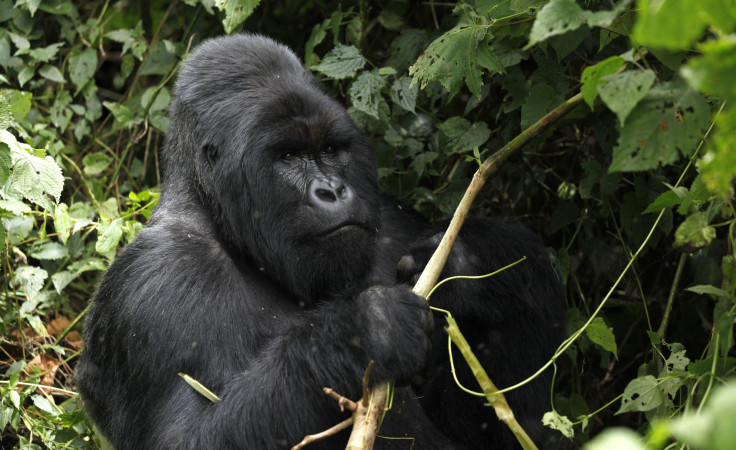Oil And Mining Exploration Endangers Africa's World Heritage Sites

Virunga National Park, Democratic Republic of Congo, has more animal species than any other nature preserve in Africa, including 25 percent of the world’s endangered mountain gorillas. Another of the park’s natural wonders: Roughly 85 percent of it sits atop government oil blocks auctioned off to foreign companies for exploration.
The park is gaining heightened attention thanks to a new documentary about its situation, but Virunga is just one of many natural parks in Africa with natural resource problems. “Mining and oil developments are an increasing threat to World Heritage sites all over the world,” said Leila Maziz, a project coordinator at the UNESCO World Heritage Center. “In certain cases, governments have attributed oil or mining concessions which overlap with natural World Heritage sites or other protected areas, even if their national legislation does not allow such activities,” Maziz said.
UNESCO has identified 1,007 World Heritage sites around the globe that are “considered to be of outstanding value to humanity.” Of these, 228 are recognized for their natural values. In 2014, it highlighted five sites in Africa under threat because of oil and gas deposits, and another 12 with mineral deposits.
While many companies have pledged not to excavate these areas, some are already doing so, which places local authorities in the position of choosing between preserving the environment or growing the economy.
In many cases, companies and officials aren’t following the rules. A decade ago, the International Council on Mining and Metals (ICMM) agreed that World Heritage properties were “no-go” areas. Royal Dutch Shell made a similar commitment at the time. But “since then, other extractive companies have not followed suit,” according to a recent ICMM report.
“The critical missing ingredient is for governments to embed the World Heritage policy and guidelines into national legislation therefore ensuring a level playing field for all. Until that is done, World Heritage sites and the leadership no-go commitment made in 2003 will continue to have limited conservation value,” it said.
In June, London-based SOCO International announced a commitment to not undertake exploratory or other drilling in Virunga without permission from UNESCO and the DRC government. However, the company’s executives still planned to “complete our existing operations program,” according to the public statement. And, as the New York Times recently reported, SOCO executives wrote a private letter to the Congolese government on the same day, assuring them that activities would go forward. In September, watchdog groups such as Global Witness reported that SOCO employees were paying members of militant rebel groups and local politicians to protect its interests in the park, while threatening and harming those who were against the company’s interest.
At Kahuzi-Biega National Park, also in DRC, UNESCO found that, while several mining operations have been shut down, “illegal mining remains an important issue” and has been on the rise (along with poaching) amid political uncertainty.
Dja Faunal Reserve in Cameroon also sits on top of a vast mineral deposit, and the Geovic Mining Corporation, based in Denver, has been working very close by. “No activities were carried out in 2013 by the Geovic Company; however a number of mining exploration permits around and in close proximity to the property exist,” UNESCO wrote in a February report.
The Selous Game Reserve in Tanzania represents an area of compromise between officials and environmentalists. The park is home to vast numbers of animals and plants -- and also uranium. In May, the World Heritage Committee approved the government’s request to redraw the park’s borders to make way for mining activities that could support the economy. Experts hope the resolution will set an example for others in the region, but it won’t be easy.
“UNESCO is committed to continue the dialogue with the major players in the oil, gas and mining industry to ensure that natural World Heritage sites are not affected by oil, gas or mining developments,” Maziz said.
© Copyright IBTimes 2024. All rights reserved.












